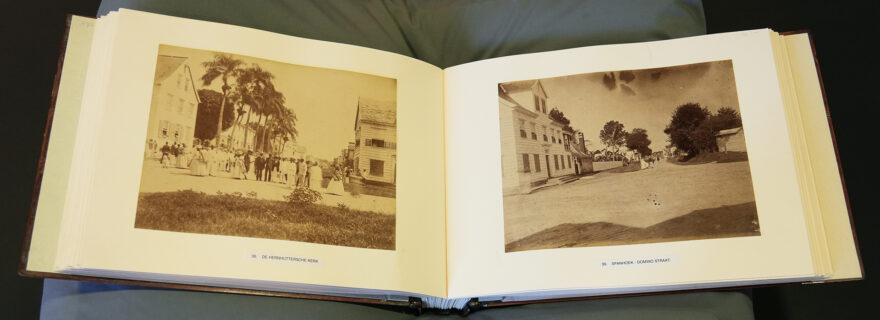A Photo Album of Julius Muller - Suriname 1883-1885
Julius Eduard Muller (1846-1902), an esteemed and influential politician in Suriname, was also an amateur photographer. His view of the colony lives on in a photo album created for a friend and business partner.
In the photography collection of the KITLV, on loan at the UBL, is an album1 with a heavy wooden book cover, containing 76 albumen prints depicting Suriname between 1883 and 1885; almost a century before the end of colonial rule. Of particular interest is the dedication in the front: This album is presented to the Honourable Mr. J.F.A. Cateau van Rosevelt, as a token of respect and gratitude, by your servant and friend Julius E. Muller, Paramaribo, 7 September 1885.
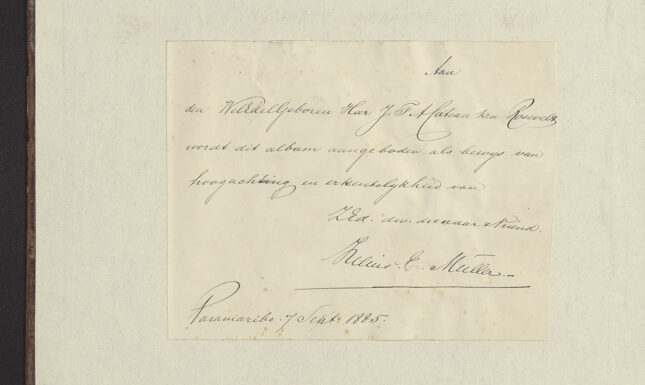

Born and raised in Paramaribo, Julius Eduard Muller (1846-1902) was an esteemed and influential politician and businessman. As an amateur photographer, Muller played an important role in the history of late 19th-century photography. The photographs in the present album are all albumen prints, a process that was used worldwide between 1880 and 1895. Since there are no known negatives of Muller’s work, it can be assumed that he worked with dry gelatine glass plates.
Johan F.A. Cateau van Rosevelt (1824-1891) was a Dutch administrator in Suriname and a close friend of the Muller family. He was active as district commissioner, member of the Colonial States of Suriname and Immigration Agent General. He was also a cartographer and encouraged Muller, who initially worked as an engineer at the Department of Colonial Vessels, to train as a surveyor.
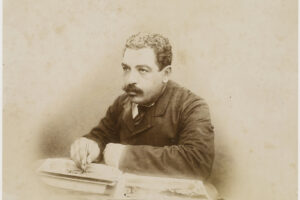

When the metric system was introduced in Suriname in 1873, Muller and Cateau van Rosevelt were both employed by the Metrological Service, resulting, among other things, in a new map of Suriname.2 In 1878, when the transition to the metric system was almost complete, Muller was appointed as chief engineer in the Department of Colonial Vessels, but also remained an observer at the Metrological Service, acquiring a considerable income. Moreover, Muller was invited to sit on committees that advised on topics such as agriculture, the emerging gold industry, and the establishment of a penitentiary. For all these merits Muller was honourably appointed as Officer of the Civic Guard in Paramaribo.
In 1880 this flourishing career came to a halt. Gold was found in an area around the Marowijne River in 1874, and Suriname came in the throes of a real gold rush, infecting Muller as well as the governor of Suriname, C.A. Van Sypesteyn. Muller had already begun investing in the fast-growing gold mining industry during his civil service career and was a shareholder in a very profitable gold concession. Sypesteyn had his own personal interest in the proceeds of a competitive gold concession, however, and refused to extend Muller’s lease, which led to animosity. Muller was dismissed from office and the whole issue became the subject of heated debate, even in the Dutch Parliament.


Muller began with a clean slate after his return to Suriname in 1882, after a two-year sojourn in The Netherlands. As director of the West-Indische Exploitatie Maatschappij, he mainly devoted himself to boosting the plantation economy. He also wrote socially critical articles in Het Vaderland and De West-Indier. In 1888 Muller was nominated as a member of the Colonial States. Until his death in 1902, he devoted himself in various ways to the advancement and prosperity of the colony.
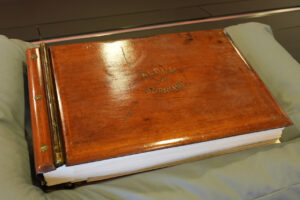

As an amateur photographer, Muller mainly chose subjects that interested him professionally, such as views of Paramaribo, the plantations, and the gold mines. His photos have a strong documentary character and are intended to tell the story of colonial Suriname.
In 1885 Cateau van Rosevelt was officially honoured in Paramaribo at his service jubilee, at which occasion Muller presented him with the present photo album, which contained the first 76 photos he took between 1883 and 1885 and which is now in the collection of the UBL. In the following years, Muller continued taking photographs. His later work is focused on the various population groups of Suriname, indicating his increasing social involvement.
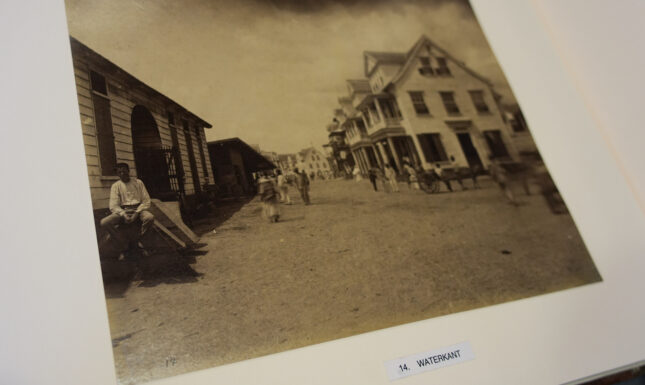

In 1895 Muller organized a major retrospective of his work in Paramaribo, showing the 300 photographs he made between 1883 and 1895. After the exhibition, Muller donated the photographs to the Colonial Museum in Haarlem, on the condition that they would be displayed in several locations, so that the Dutch public could form an idea of the Suriname colony. By now a fraught image: visual knowledge brought to Europe in the 19th century can never be separated from its colonial context.
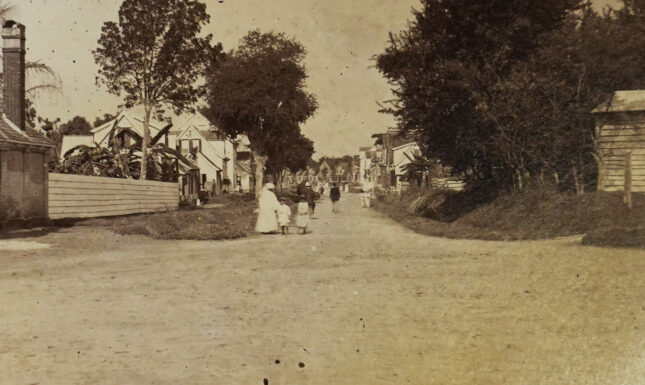

___________
Notes
1 Album, inv. no. KITLV A72
2 During an independent trip through Suriname’s interior, Cateau van Rosevelt and J.F.A.E. van Lansberge worked on a new detailed map (scale 1: 200,000, 148 x 263 cm), which was published in 1882 by the printing company Smulders in The Hague. For a long time, it was the official map of Suriname and was used by the then Ministry of the Colonies, for the issue of (gold) concessions inland. The map was a significant improvement on previous maps, but its value was mainly economic: only the areas adjacent to the coast and the rivers – the areas of economic interest- were shown in greater detail.


